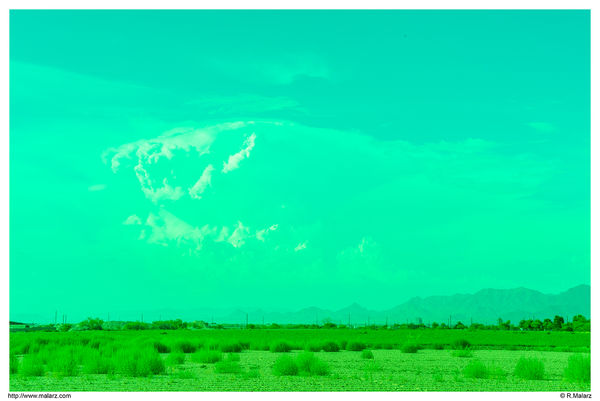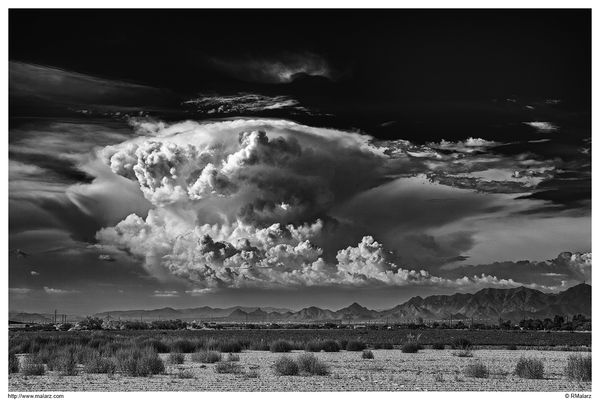Exposure Manual Raw
Oct 23, 2020 10:47:11 #
steve L wrote:
So....great discussion guys, and not to interrupt...but I guess so...
Which old mill is this ???
Thanks...proceed please !!!
Which old mill is this ???
Thanks...proceed please !!!
This is Stevens Linen Mill in Dudley MA
Willie
Oct 23, 2020 11:03:02 #
fjrwillie wrote:
My question is>>>> Am I missing the boat on using the exposure setting from the sky and clouds so they are not over exposed and blown out ???
My question is>>>> Am I missing the boat on using the exposure setting from the sky and clouds so they are not over exposed and blown out ???
From the edited version as well as the histogram of the original, we can see the image was underexposed during the image-capture process. Whether you 'expose to the right' such that you have achieve blinking highlight alerts in a test image, or you adjust your exposure to the point just below these "blinkies", your meter in the view finder and your histograms of the images should show a position 'to the right'
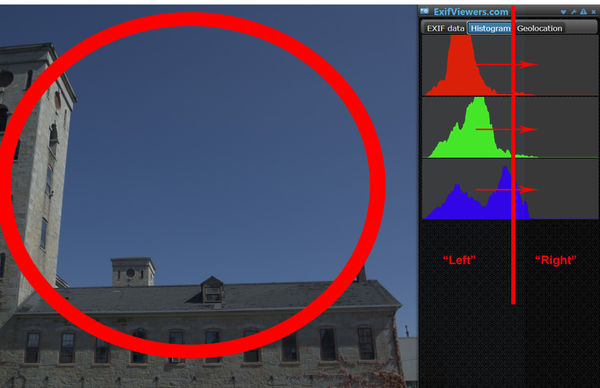
Oct 23, 2020 15:31:05 #
Thanks, pretty much knew that !!
My Dad was Comptroller there in the 50’s...I spent many Saturday’s exploring and watching the process of making linen...only place in the U.S. that did so !!
Thanks
Steve
My Dad was Comptroller there in the 50’s...I spent many Saturday’s exploring and watching the process of making linen...only place in the U.S. that did so !!
Thanks
Steve
Oct 23, 2020 16:02:23 #
steve L wrote:
Thanks, pretty much knew that !!
My Dad was Comptroller there in the 50’s...I spent many Saturday’s exploring and watching the process of making linen...only place in the U.S. that did so !!
Thanks
Steve
My Dad was Comptroller there in the 50’s...I spent many Saturday’s exploring and watching the process of making linen...only place in the U.S. that did so !!
Thanks
Steve


 I use the American Guide Series and places on the National Register of Historic Places to route myself on the motorcycle versus just wandering aimlessly. The mill fit both categories in this case. Also gets me out using the camera. Buildings are so cooperative, they don't move
I use the American Guide Series and places on the National Register of Historic Places to route myself on the motorcycle versus just wandering aimlessly. The mill fit both categories in this case. Also gets me out using the camera. Buildings are so cooperative, they don't move 
Oct 23, 2020 23:53:15 #
Wow, nobody has said to get a mirrorless camera yet...😎
Oct 31, 2020 16:59:35 #
PHRubin wrote:
Put another way, the camera light meter expects a scene with varied brightness, and sets for an average (18%). Adjusting so that this is where the clouds register (the high end of the scene) means you have wasted the higher end of the camera and pushed the low end of the scene lower.
He is right. I have been experimenting lately using a method that requires a camera with pretty good dynamic range to work, instead of taking two pictures I try to get one that perhaps is not perfect for either and then cut back on the highlignts and raise the shadows in post.
I shoot with a Nikon D850 and it has pretty good dynamic range, I've not seen better yet in a full frame camera. When I took the first attached picture of the handrailed path the right side of the picture was near black and the sky was a little blown out. My experience says that the Nikons don't have a lot of head room, they don't recover much of highlights past what you see but they really recover shadows. I think I have decided that as long as I'm within about 4 stops in the shadows I can recover it and make it look pretty natural.
The next picture has a starburst in it. Any time you shoot the daytime sky especially when the sun is in the picture everything else will look dark, again I got the full range again.
You will have to have a pretty good photo editor and shoot raw to do it but most editors are pretty good these days. I can do it all in Adobe Raw filter. I don't think you said what you are shooting with so maybey it won't work for you but so far I'm feeling pretty good about what I'm able to get.
The third picture, well, the sky is always difficult but the sky and clouds together make it more difficult because the clouds are white and just pour light into your photo. The cliff across the river was dark but bringing up the shadows really makes a difference but you have to plan to do that. If you expose the sky correctly you may not be able to pull enough out of the shadow to get what your eye sees when you are really there.
The picture of the mist coming up from the Cumberland Falls was really a hard one. The sunlit sky is bright in the background but the clifs and trees are in shadow. Unfortunately I got there too late this year to get much fall color but I was able to raise the trees and cliffs to bring out what was actually there.
The last picture was on the way out of the park and I was again shooting into a bright sky and my shot included a lot of shade, very wide dynamic range but again by slightly overexposing the sky, just slightly, I could still barely make out the clouds, I then had plenty of room in the shadow end.
The pictures attached are from Cumberland Falls in Kentucky. I picked pictures that had impossible DR, they were very bright and had very dark areas in them.
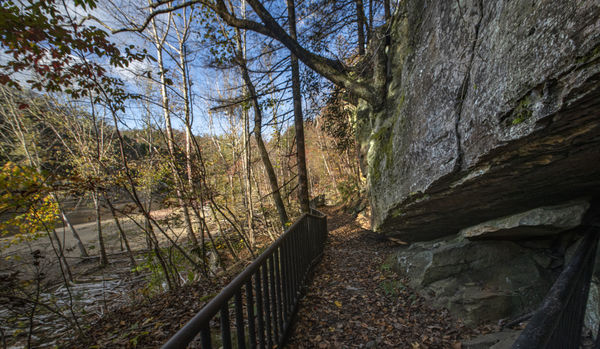
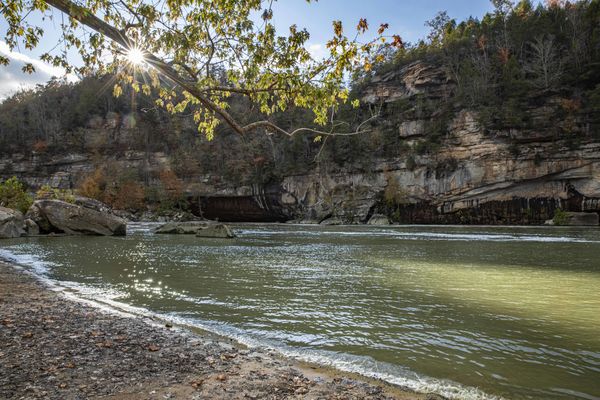
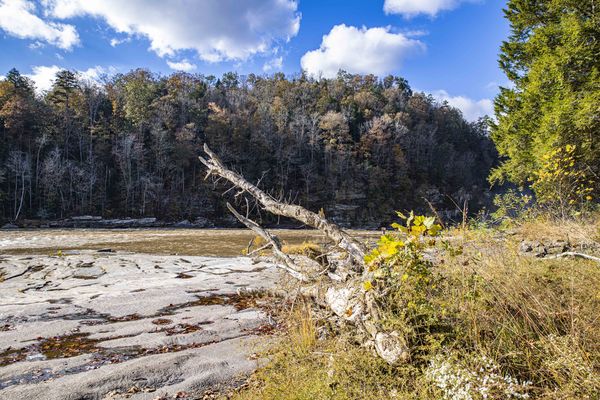
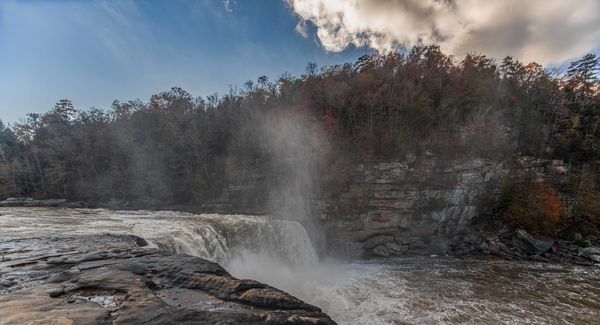
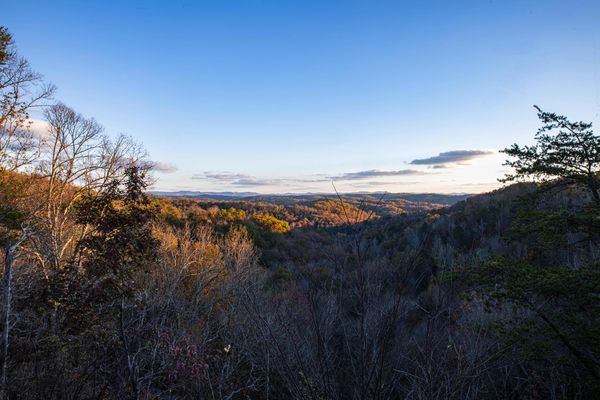
Oct 31, 2020 17:17:08 #
Among a couple of the exposure techniques I use is ETTR (Expose To The Right). I know the Nikon I used for this will handle 2 to 2-1/2 stops of additional exposure. This provides me with a stops/Zone which is fractional instead of the 1:1 correlation. Thus, I spot meter the brightest part of the scene. In this case, the bright part of the cloud towards the center of the image. This pulls all of the values upwards. In processing, I adjust the exposure accordingly and then process for the shadows.
--Bob
--Bob
Josephakraig wrote:
He is right. I have been experimenting lately usi... (show quote)
Oct 31, 2020 20:24:05 #
Oct 31, 2020 22:06:14 #
Jason, it would be nice if you used the Quote Reply button. Then we'd know to whom you are responding.
--Bob
--Bob
JasonC wrote:
Outstanding!
Nov 1, 2020 05:59:44 #
fjrwillie wrote:
Most of my photo taking I use the manual mode, RAW only. Most of my photos are taken during the day between 11am to 5pm. ...
There is no need to complicate your life.
If you are shooting in broad daylight you don't need to use your meter at all. Sunny 16 will work just fine.
In this case your exposure was ISO 100 1/320 @ f/8. Sunny 16 would be 1/100 @ f/16 which is the same as 1/400 @ f/8 or 1/3 stop darker than you used.
If there had been any bright white clouds in you image those highlights would not have been blown out.
In this image there is nothing as bright as a large white cloud so a little extra exposure did no harm. If you are ever worried about blowing your highlights just look for highlight warnings.
As you can see from your edited image, your camera has enough dynamic range. You could easily brighten what may have seemed to be areas that were too dark.
You may have brightened it a little too much when you look at the wall that's facing the sun. Recovering the shadows without brightening the entire image too much would have worked better.
Nov 1, 2020 09:11:20 #
Nov 1, 2020 09:41:10 #
rmalarz wrote:
I just knew we'd eventually get the Sunny 16 rule.
--Bob
--Bob
It's hard to beat Sunny 16 in direct sunlight.
Here is an example that's actually 1/3 stop darker than Sunny 16. I didn't even meter the scene.
How much easier can it get?
SOOC - ISO 200 1/1000 @ f/8 - 12:19 PM DST in North Florida
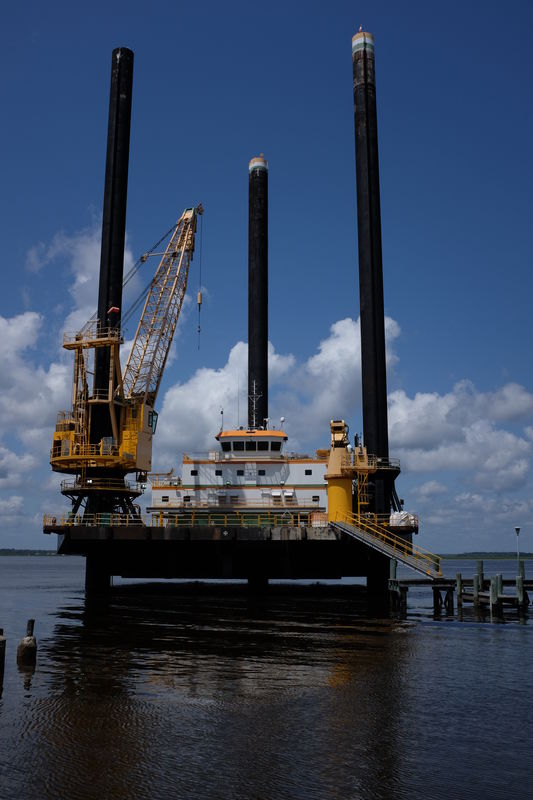
(Download)
After a little shadow recovery with Capture One
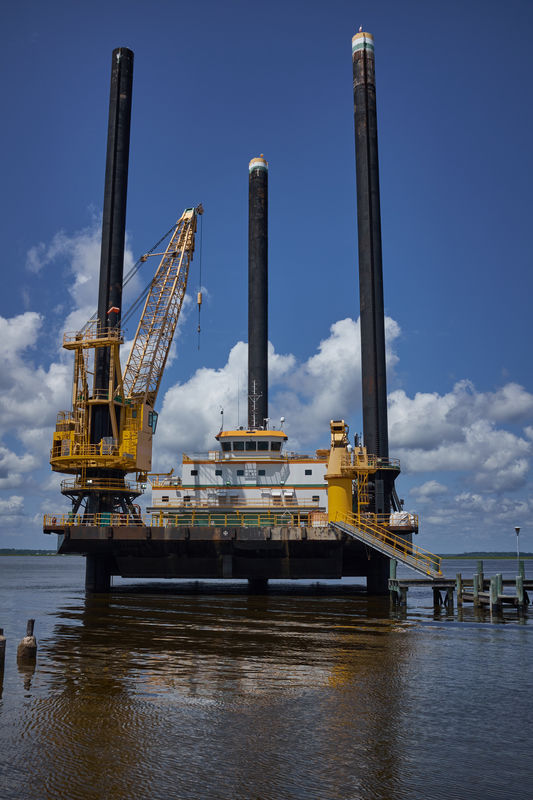
(Download)
Nov 1, 2020 09:48:30 #
selmslie wrote:
There is no need to complicate your life. br br... (show quote)
I don't question that Sunny 16 works for you and that it could work for others. My question is WHY should I even consider it when use of the camera's meter is so much easier.....

Nov 1, 2020 09:52:26 #
srt101fan wrote:
I don't question that Sunny 16 works for you and that it could work for others. My question is WHY should I even consider it when use of the camera's meter is so much easier..... 

Not using any meter at all is a lot easier than using any form of metering. You can get away with that if your camera has a decent dynamic range near base ISO.
You just need to recognize when that approach is going to work - in this case, broad daylight.
If you want to reply, then register here. Registration is free and your account is created instantly, so you can post right away.





